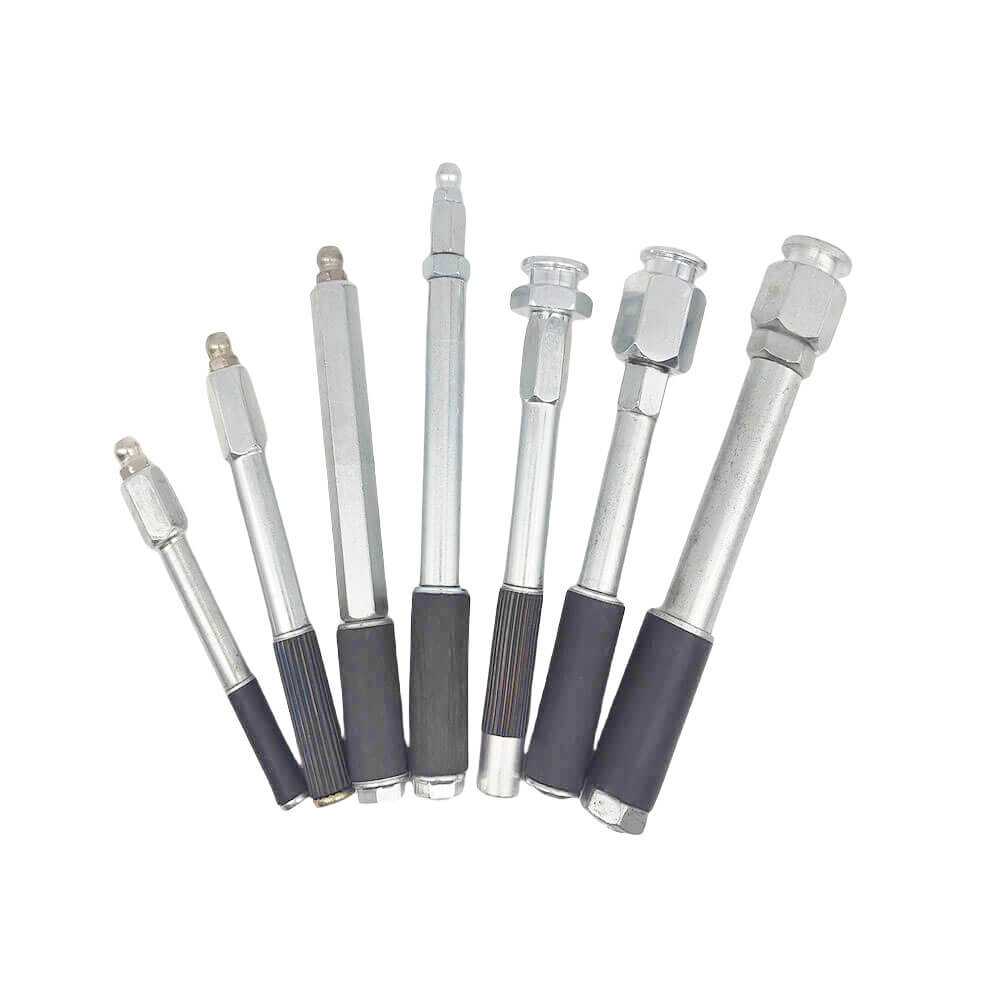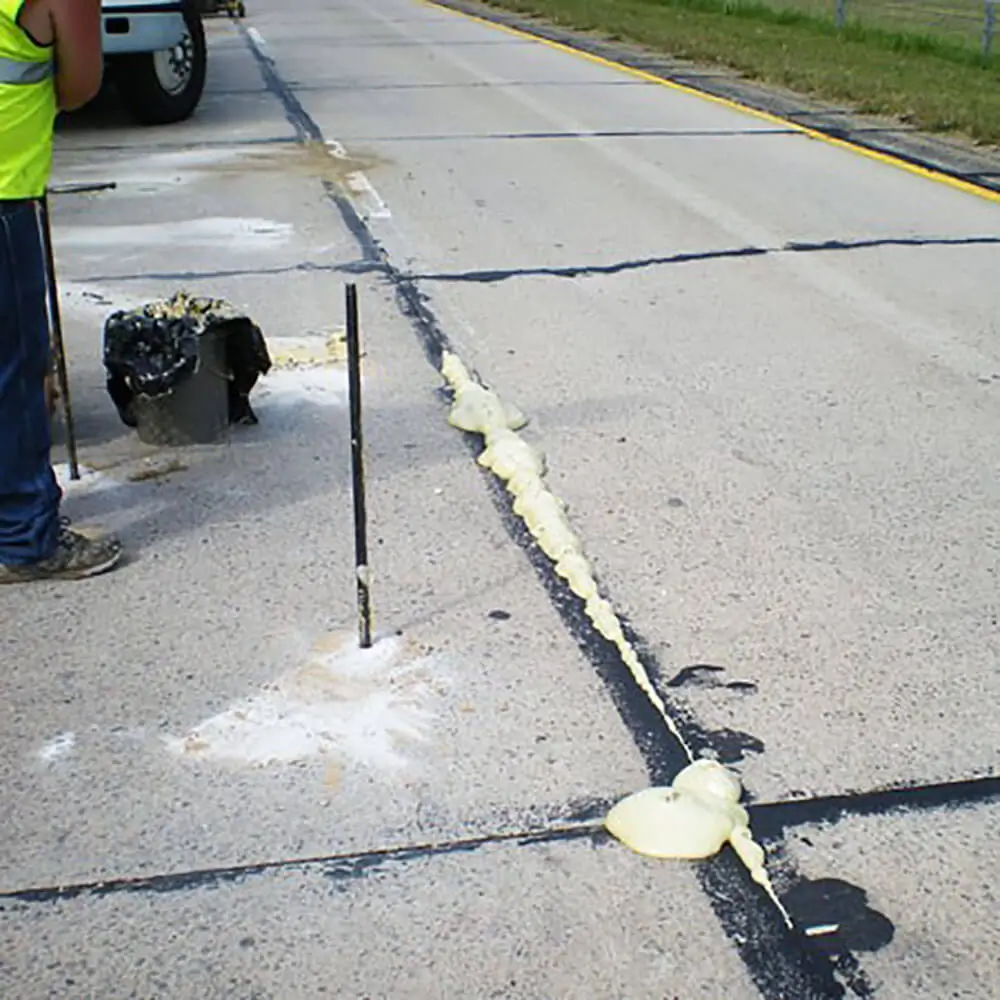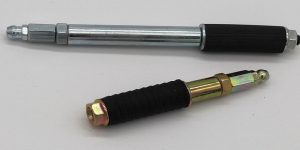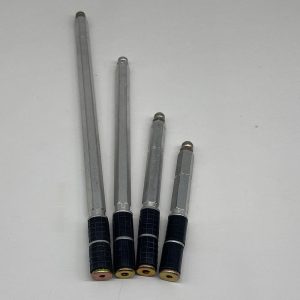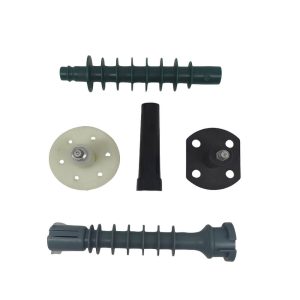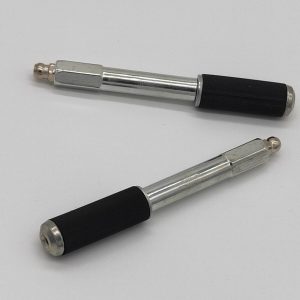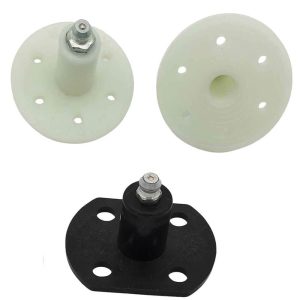Understanding Injection Packers for Injection Grouting
What is Injection Grouting?
Injection grouting is a construction technique that involves injecting a fluid-like material, known as grout, into various types of structures or soil to fill voids, cracks, or cavities. The primary purposes of injection grouting include:
1. Sealing and Repairing Cracks:
– Injection grouting is commonly used to seal and repair cracks in concrete structures, such as foundations, walls, and floors. The grout is injected into the crack, filling and sealing it to prevent water infiltration and restore structural integrity.
2. Void Filling:
– Injection grouting is used to fill voids or cavities that may have developed within the soil or underground structures. This helps stabilize the ground and prevent further settlement or subsidence.
3. Soil Stabilization:
– Grout can be injected into the soil to improve its strength and load-bearing capacity. This is often done to strengthen the foundation of a building or to prevent soil erosion.
4. Waterproofing:
– Injection grouting can be used to create a waterproof barrier within structures or underground spaces, preventing water intrusion and moisture-related damage.
The most common types of grout used in injection grouting include:
– Cement-based grouts: These are the most widely used, consisting of cement, water, and sometimes admixtures to enhance the grout’s properties.
– Chemical grouts: These are polymer-based grouts, such as epoxy or polyurethane, which can be highly effective in sealing cracks and voids.
– Microfine cement grouts: These are ultra-fine cement-based grouts that can penetrate into very small cracks and voids.
The injection grouting process typically involves drilling access points, known as injection ports or packers, into the structure or soil. The grout is then pumped under pressure through these ports, filling the targeted cracks, voids, or soil areas.
The Role of Injection Packers
One of the critical components of injection grouting is the injection packer. An injection packer is a device inserted into a borehole or well to create a seal around the injection point. This ensures that the grout material is delivered directly into the target formation, minimizing loss to the surrounding environment. Injection packers come in various types, each with its specific advantages and disadvantages.
Types of Injection Packers
By Material
- Steel Packers: The most common type, due to their durability and ability to withstand high pressures. They are ideal for polyurethane injections, waterstop and leak-seal resins, and injection foams.
- Brass Packers: An alternative to steel packers, offering good corrosion resistance but not quite as strong. They are suitable for lower pressure applications.
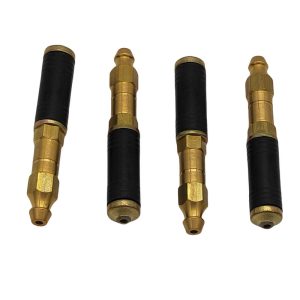
10X55MM brass grout packersBrass Injection Packer - Aluminum Packers: Lightweight and economical option, but not recommended for high-pressure applications.
- Zinc Packers: Similar to aluminum packers in their properties and applications.
- Plastic Packers: The least durable option, but suitable for low-pressure applications where cost is a major concern.
By Installation Type
- Mechanical Packers: Installed by screwing them into pre-drilled holes. They have a one-way valve on the top for connecting the injection equipment.
- Surface Packers: Installed directly onto the surface of the structure being injected. They are typically used for sealing cracks or filling voids.
Other factors to consider when choosing an injection packer include:
- Size: The diameter and length of the packer should be appropriate for the size of the hole and the depth of injection.
- Pressure rating: The packer must be able to withstand the pressure of the material being injected.
- Chemical resistance: The packer material must be compatible with the material being injected.
- Head type: The head type refers to the fitting on the top of the packer for connecting the injection equipment. Some common head types include Zerk fittings, button heads, and nipples
Selecting the Right Injection Packer
Choosing the appropriate injection packer for a given project involves considering several factors, including the specific requirements of the project, the characteristics of the formation, and the available resources and equipment. The selection of the right injection packer is crucial to the success of the injection grouting process. Factors such as pressure conditions, formation stability, and the project’s scale all play a role in determining the most suitable packer type.
Conclusion
Injection grouting is an essential technique for stabilizing and reinforcing geological formations. The choice of injection packer—whether inflatable, expandable, or fixed-diameter—plays a pivotal role in the success of the project. By carefully evaluating the specific needs of the project and the characteristics of the formation, engineers and geologists can select the most appropriate injection packer, ensuring the effectiveness and efficiency of their grouting efforts.
FAQ
What is an injection packer?
An injection packer is a device inserted into a borehole to create a seal around the injection point, ensuring that the grout material is delivered directly into the target formation.
How do you select the right injection packer?
Choosing the right injection packer involves considering the project’s specific requirements, the characteristics of the formation, and available resources and equipment. Factors such as pressure conditions, formation stability, and the project’s scale are crucial in determining the most suitable packer type.
Why is the choice of injection packer important?
The selection of the appropriate injection packer is critical to the success of the injection grouting process. The right packer ensures that the grout material is effectively delivered into the target formation, enhancing the stability and strength of the geological structure.
